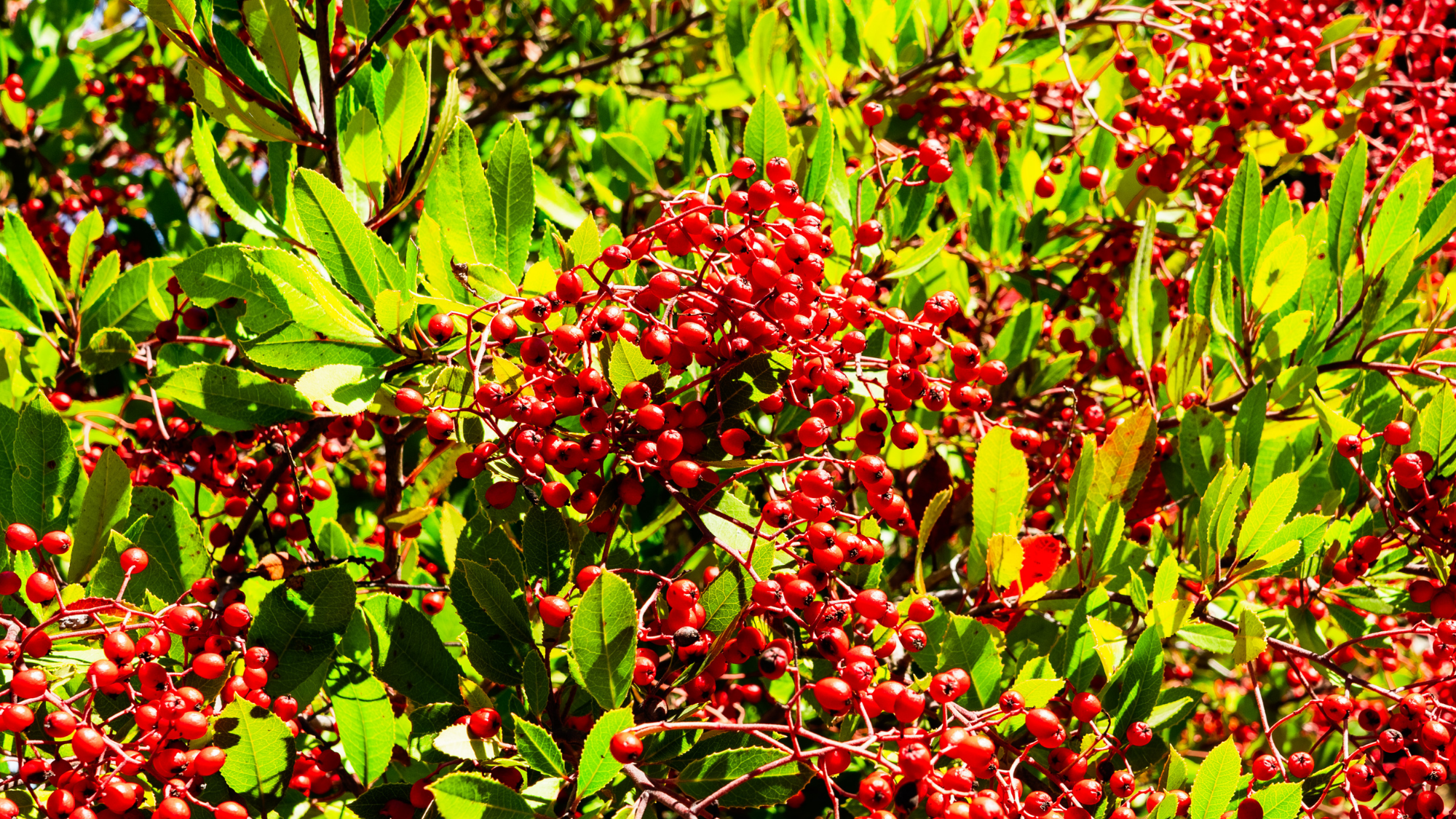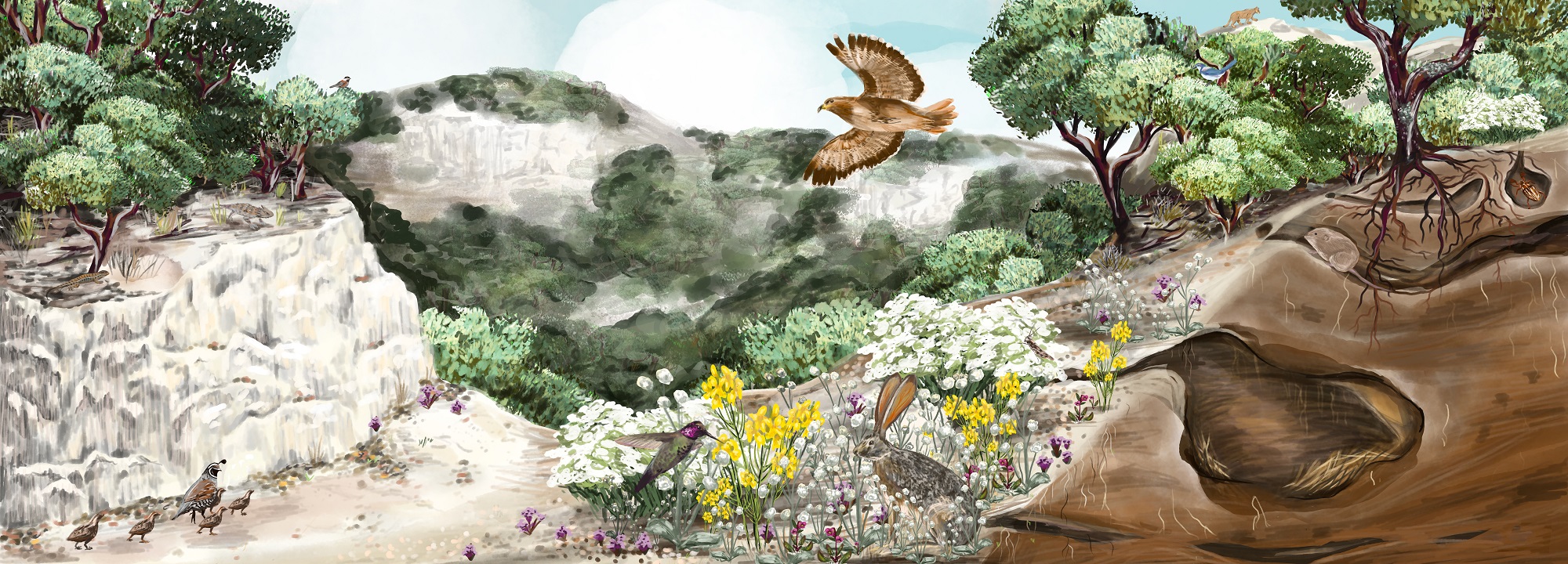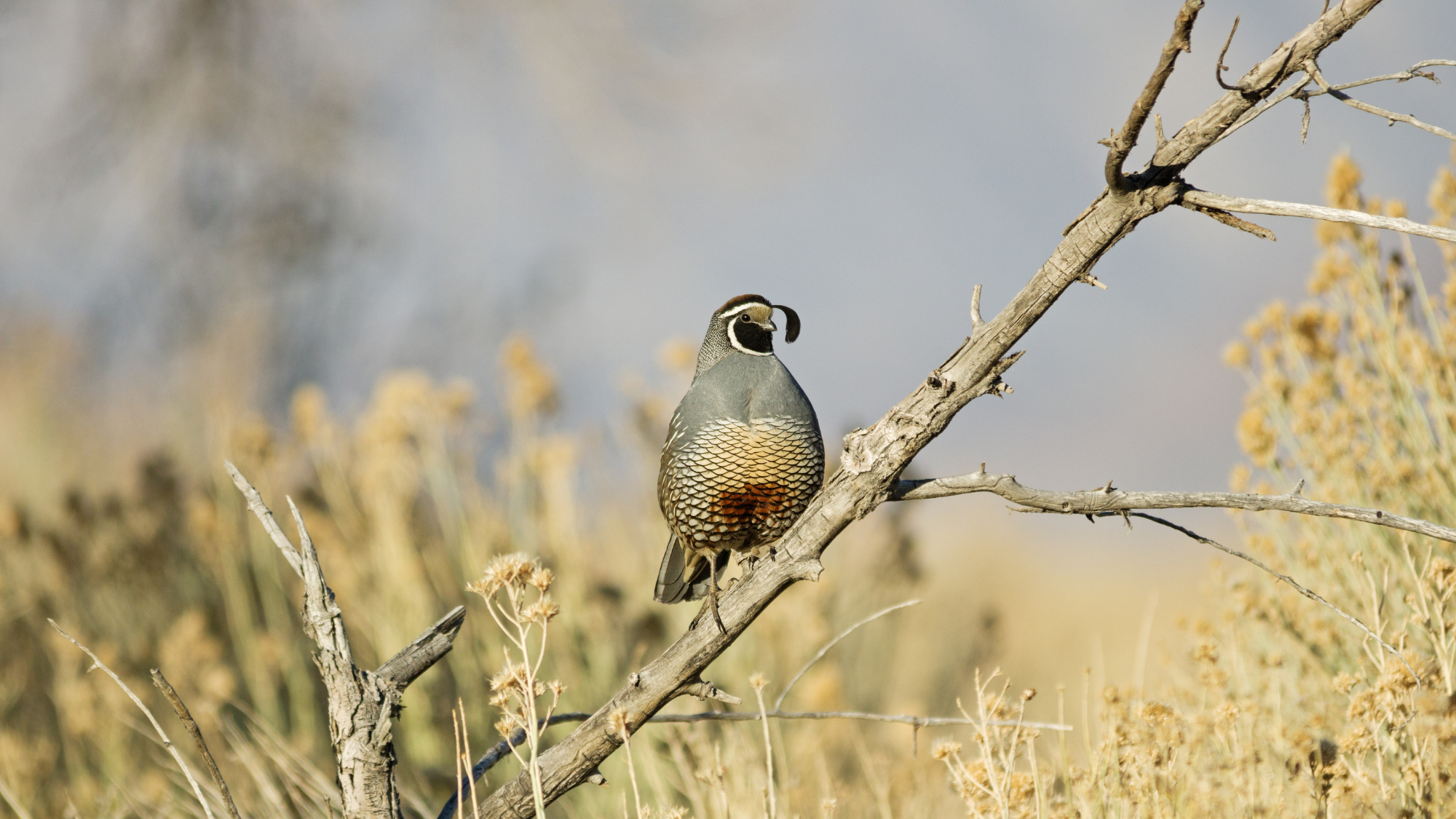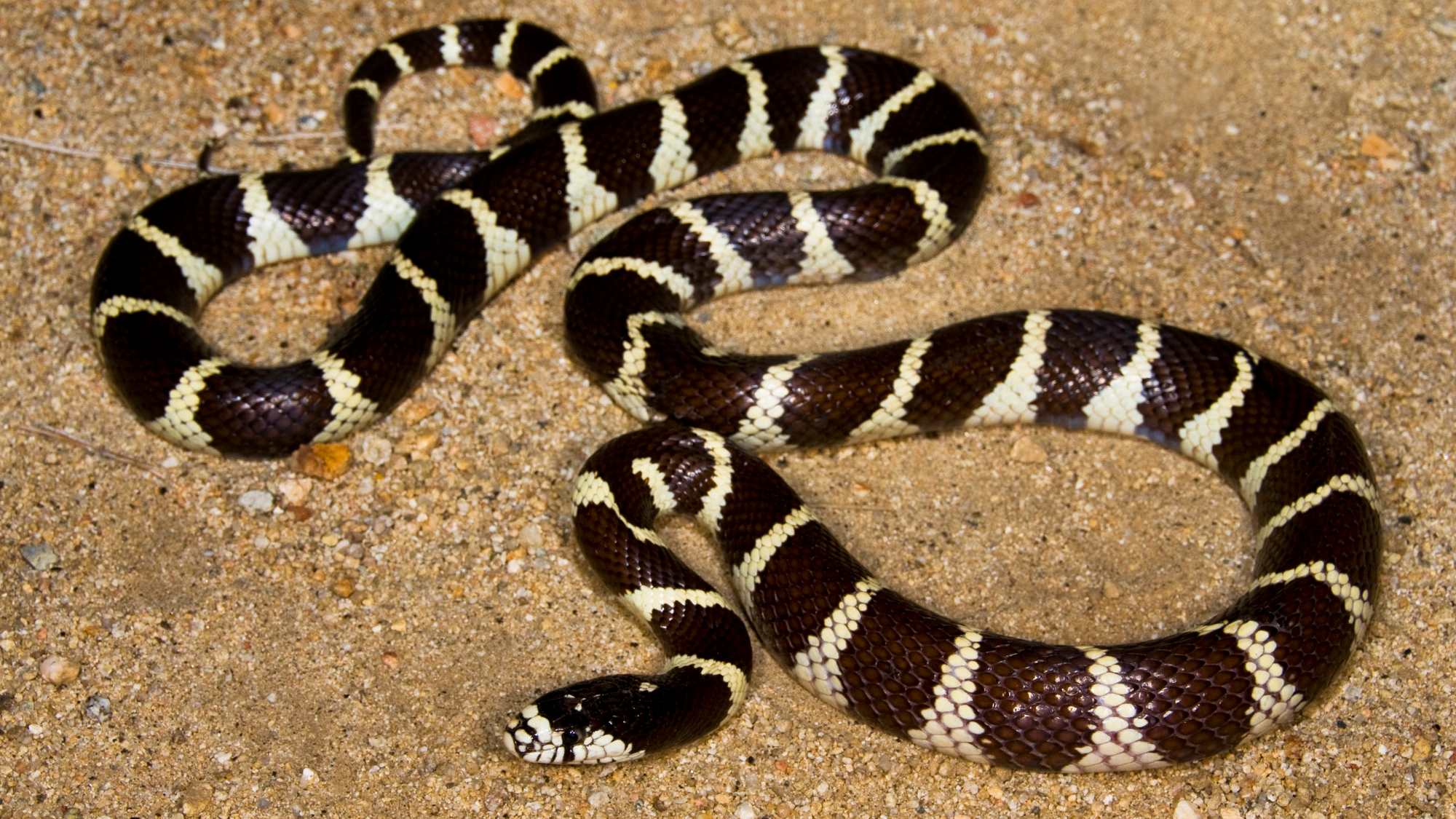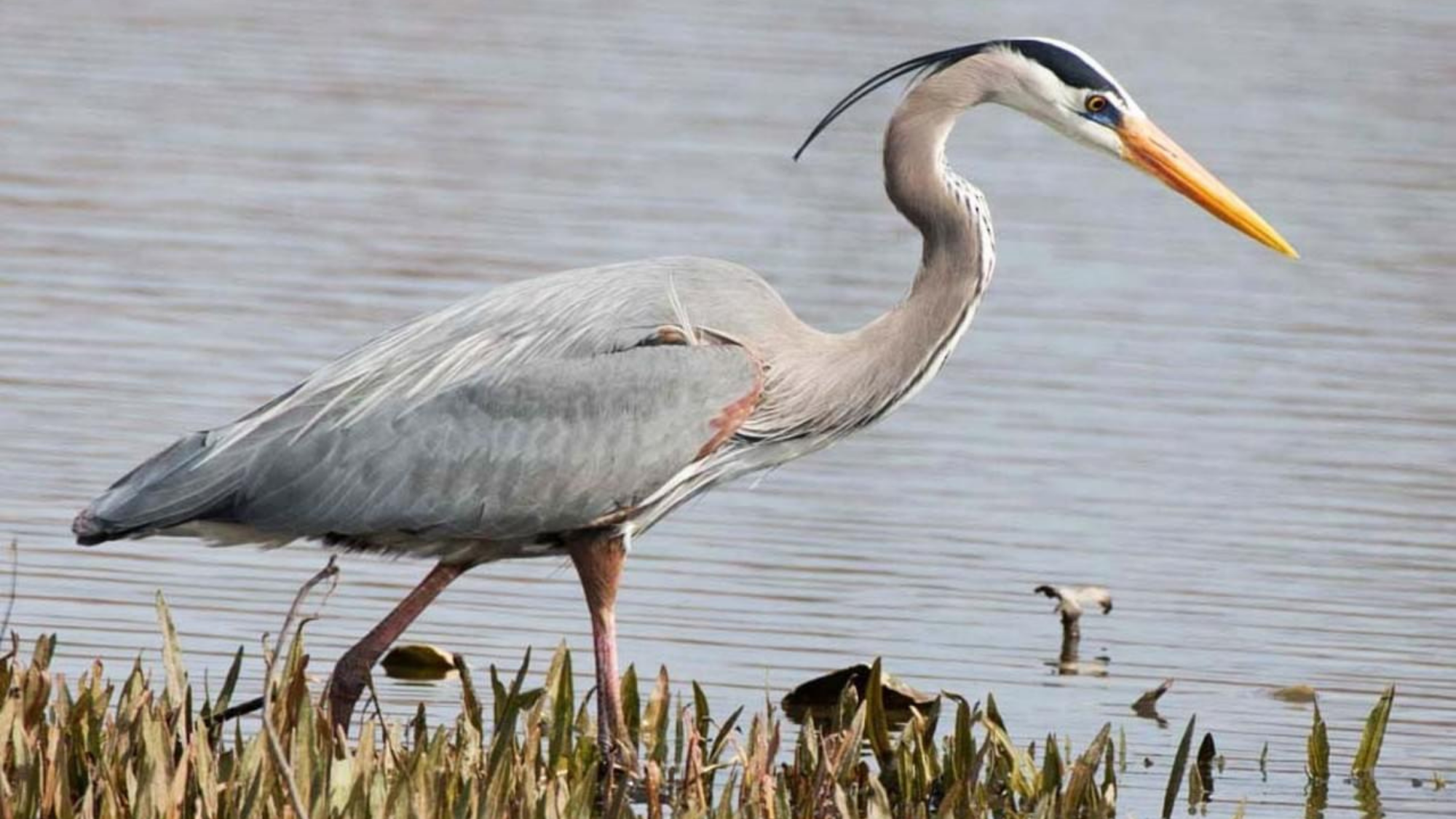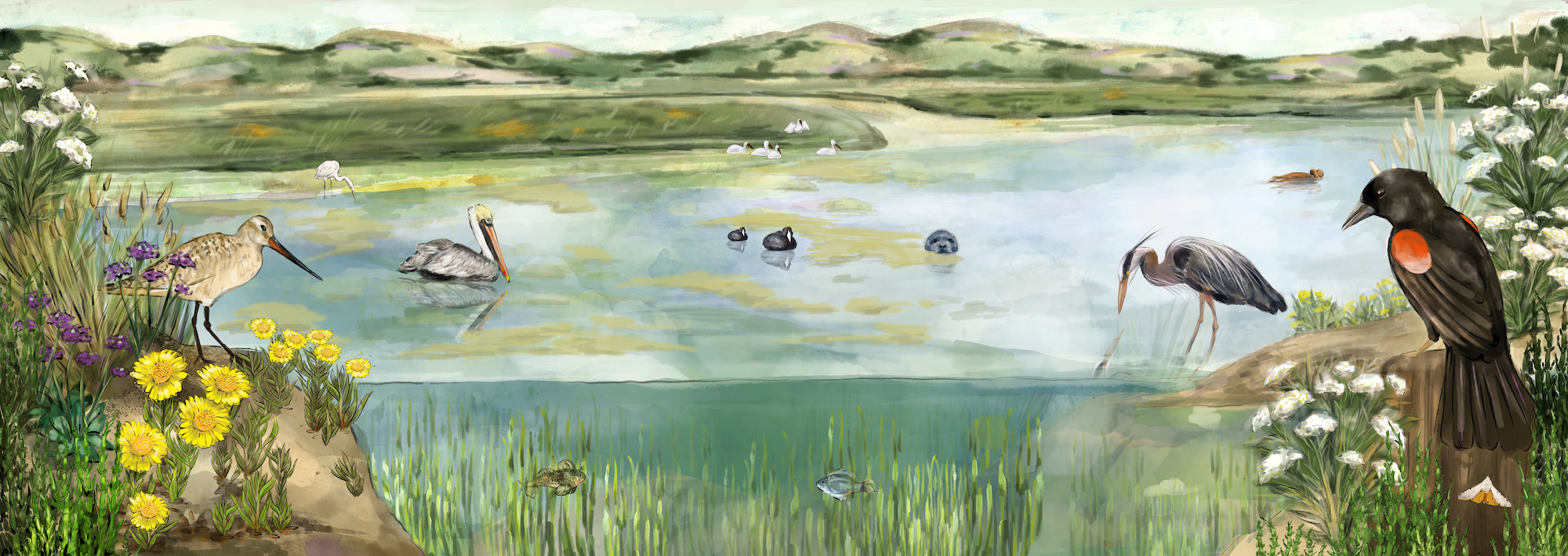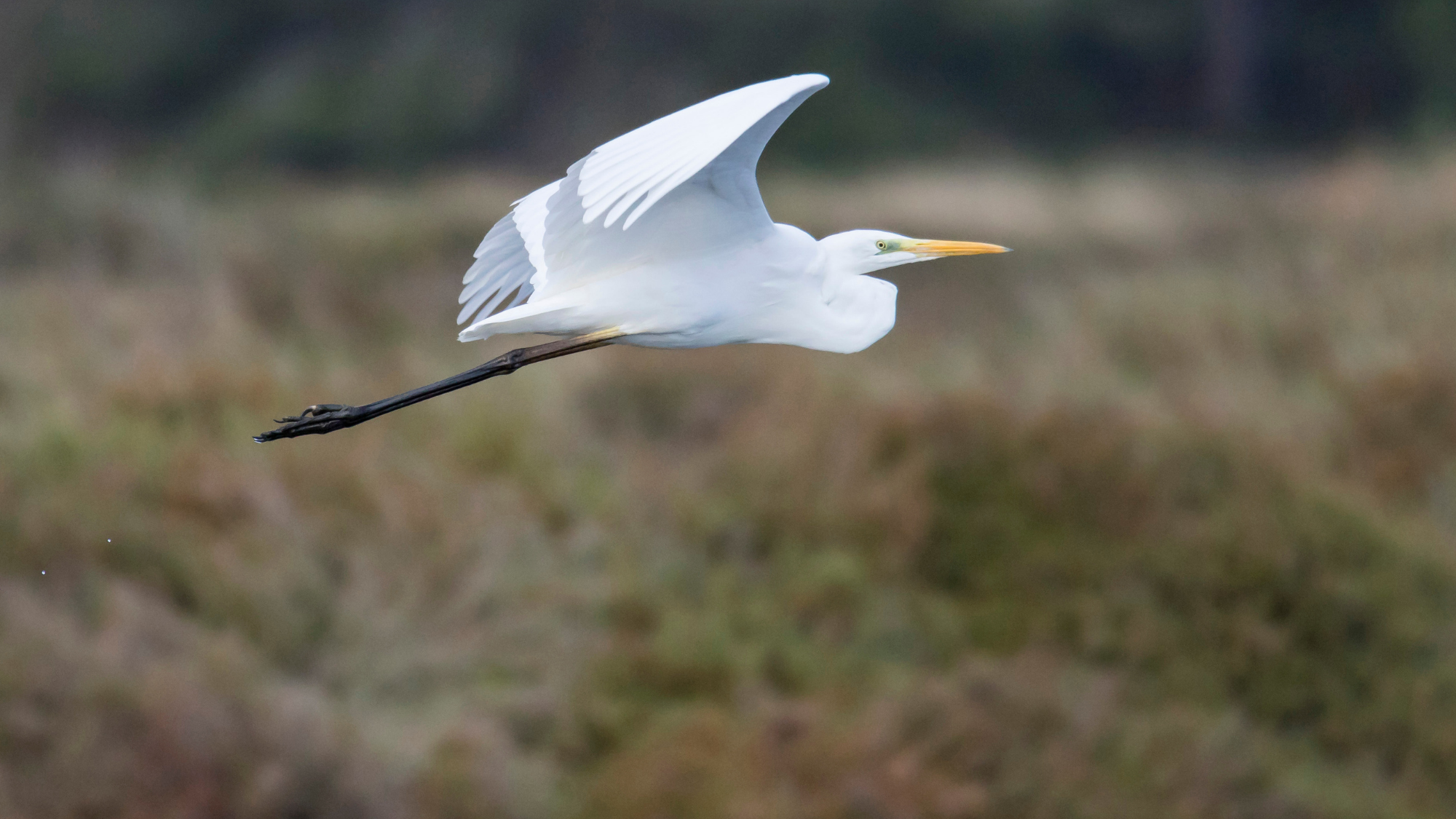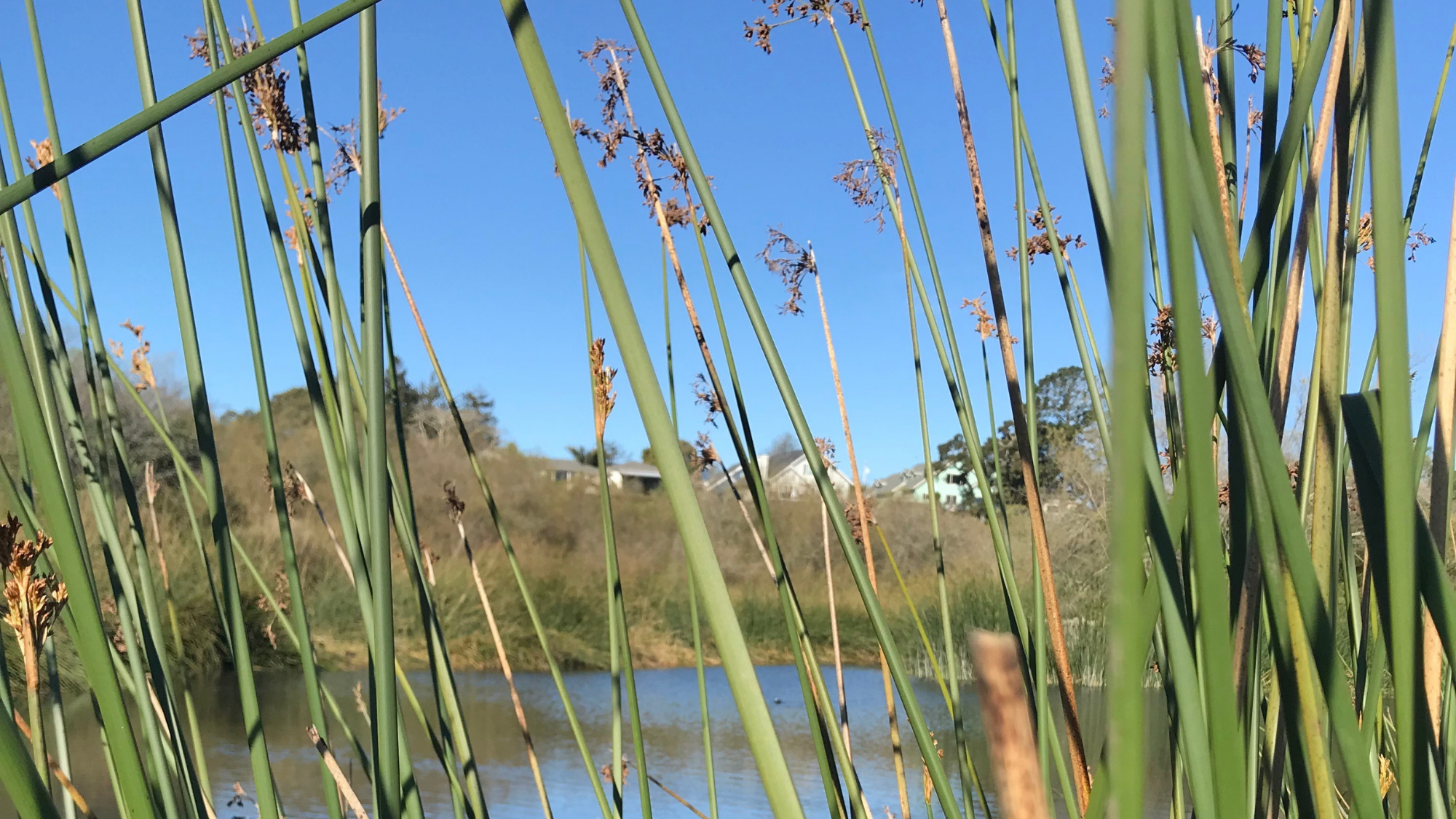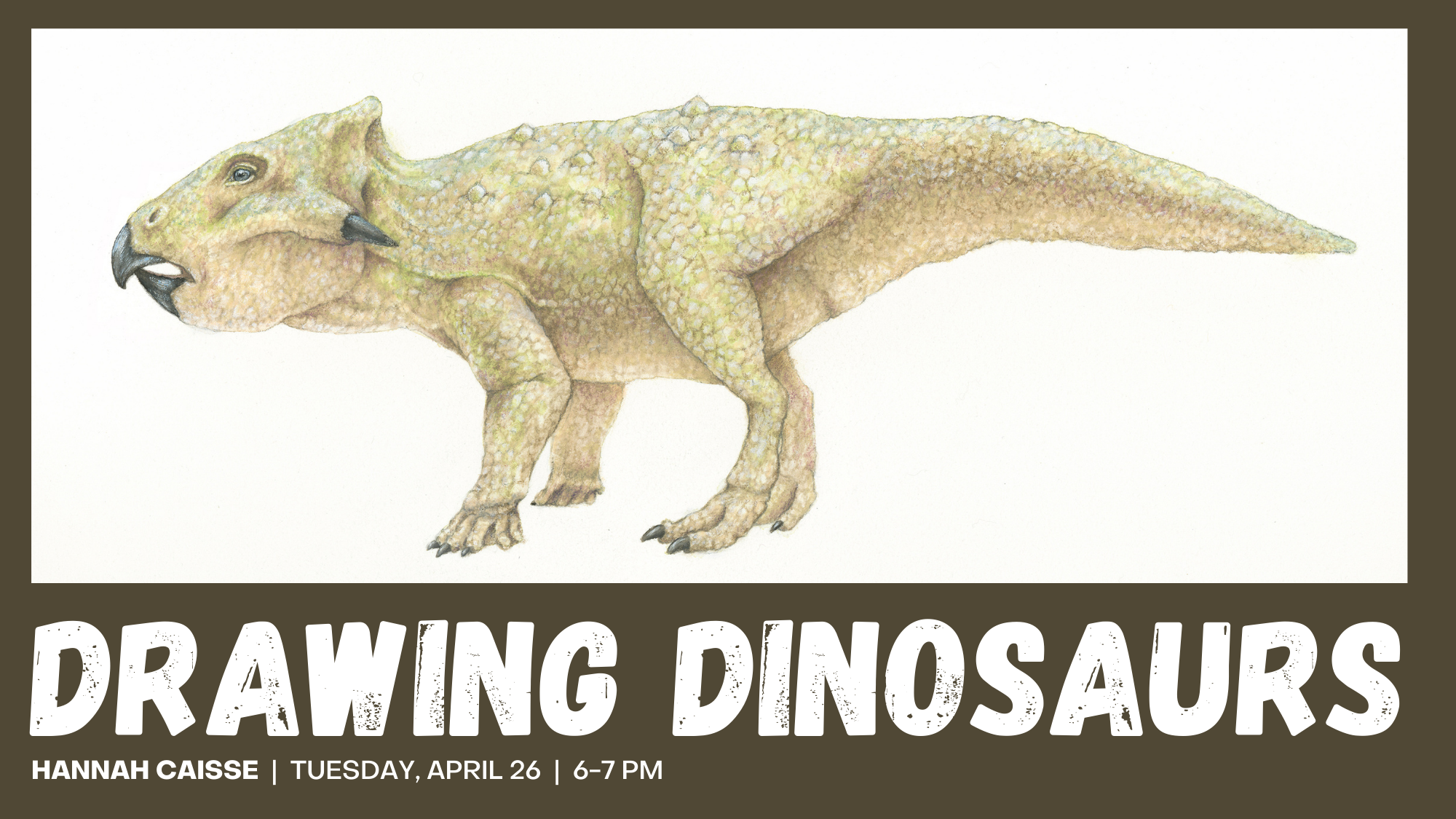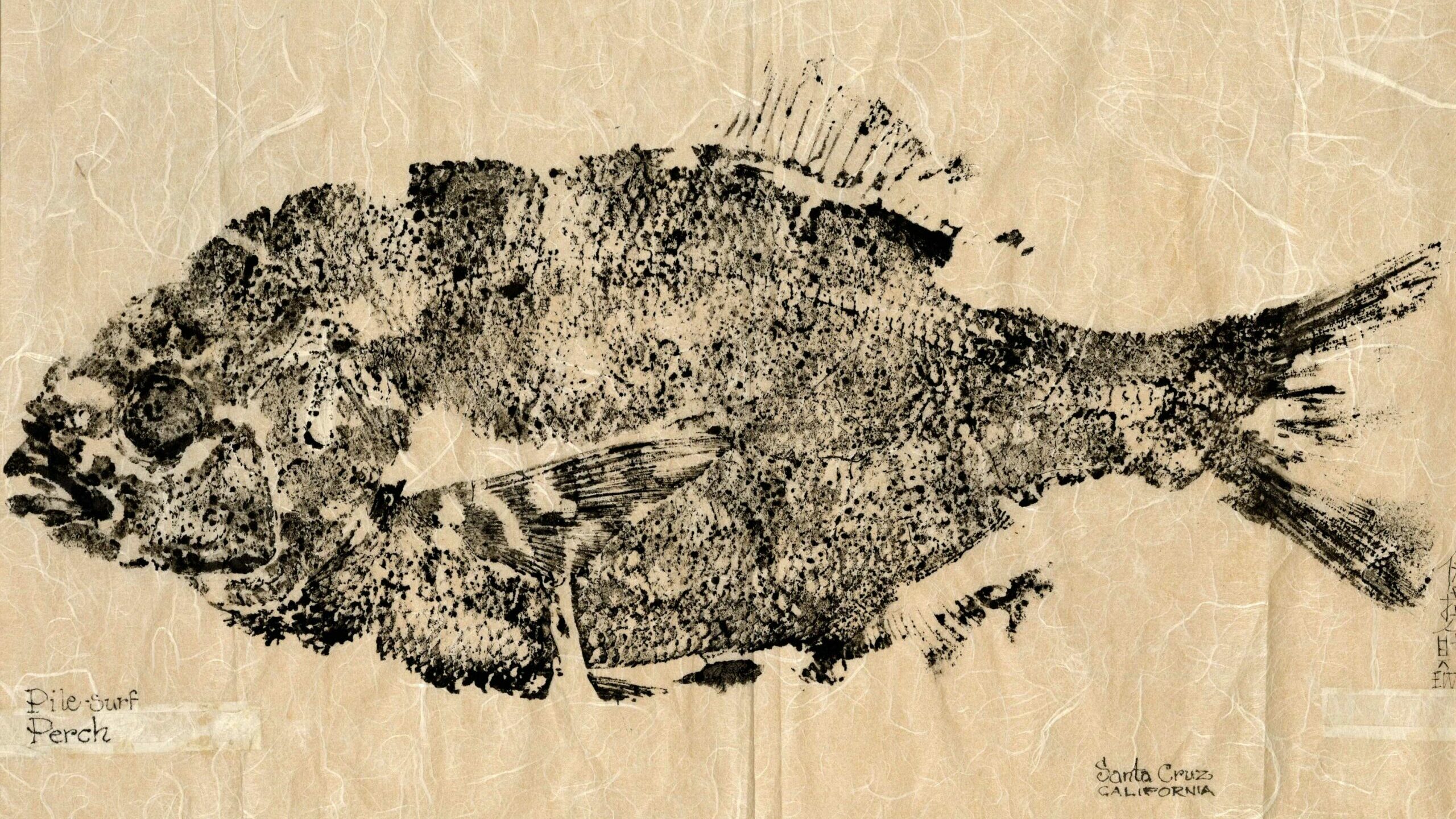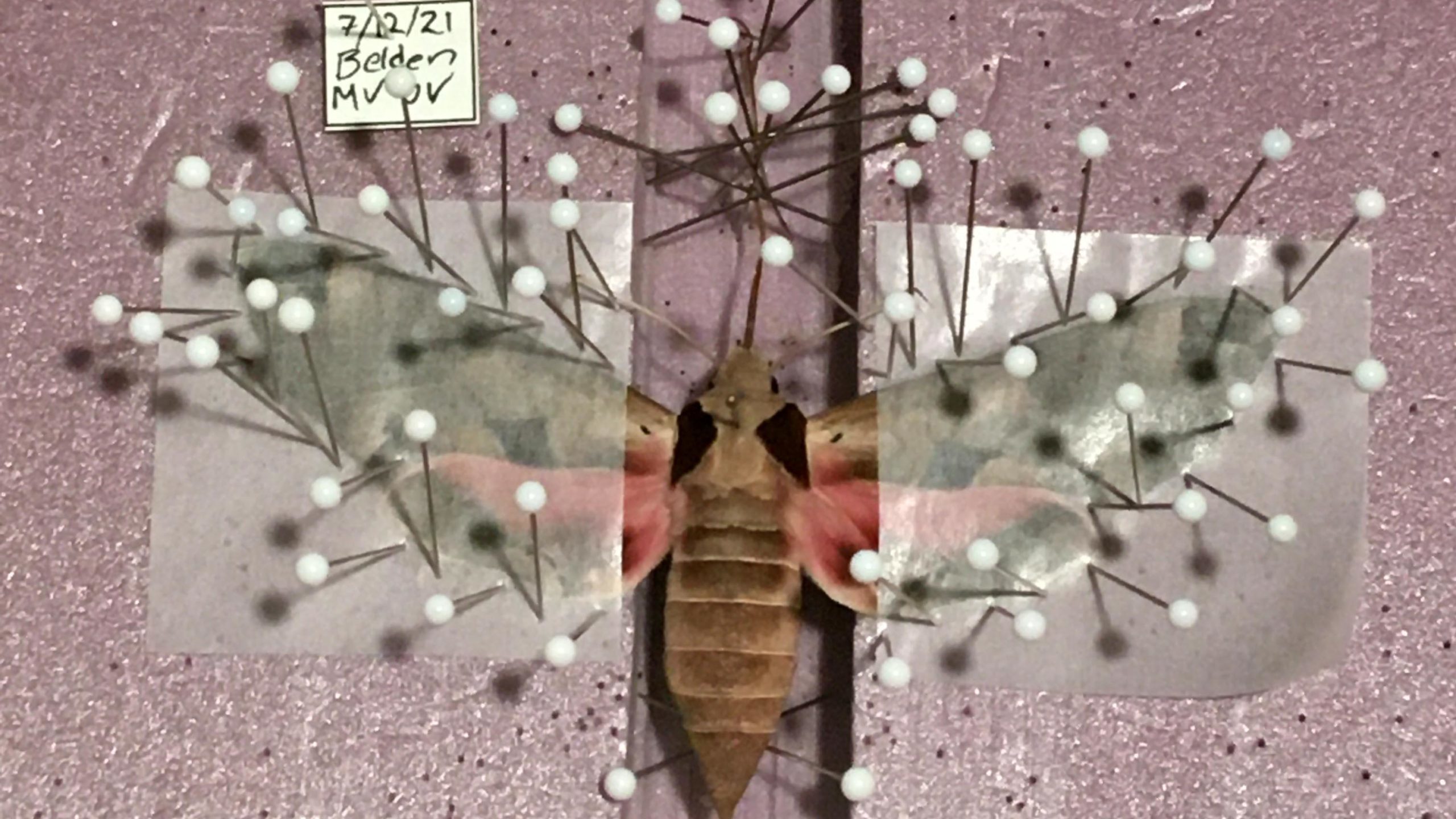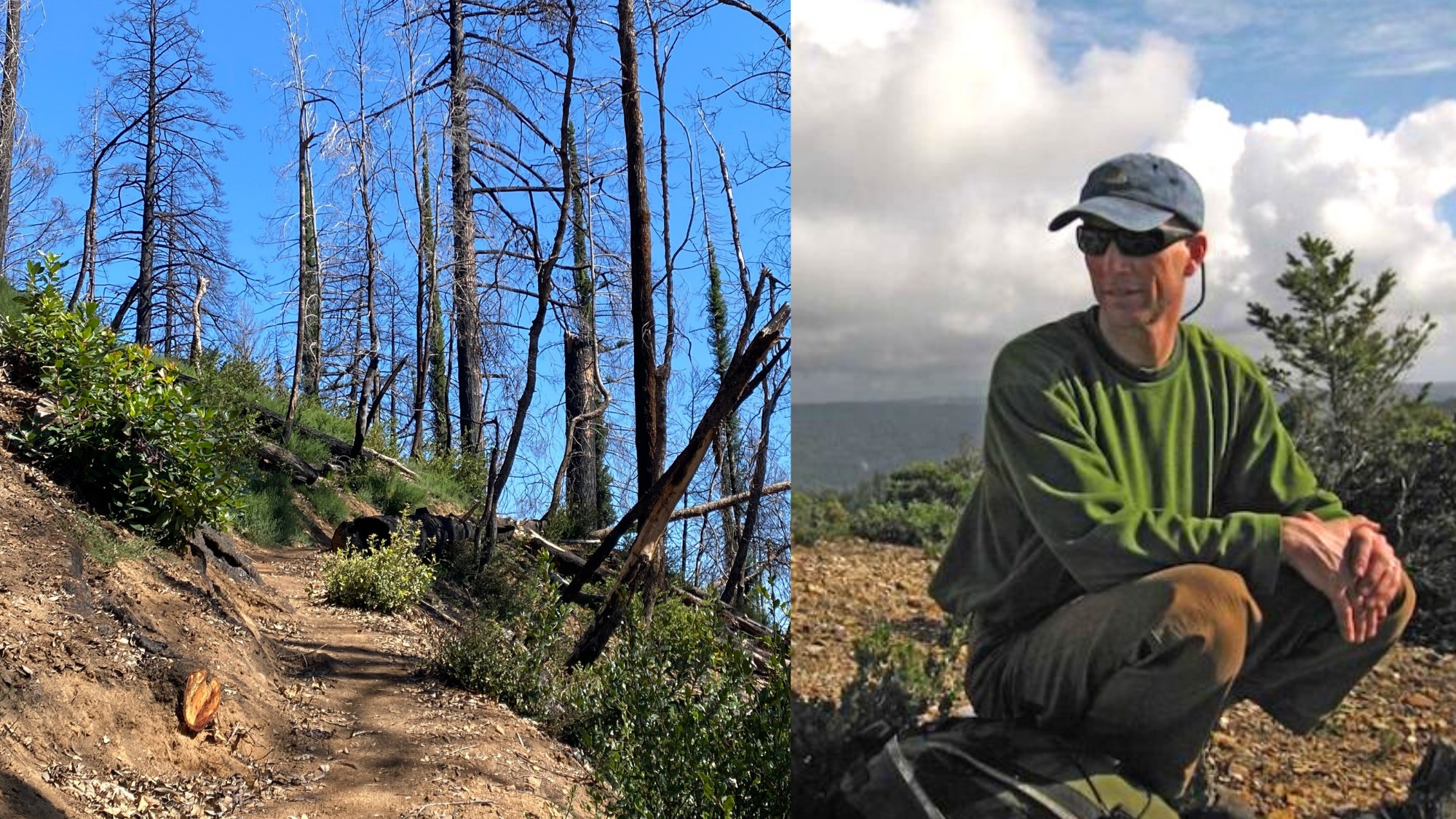California Quail
Scientific: Callipepla californica
Spanish: Codorniz de California
Mutsun: Heksen
Diet: Seeds, leaves and small insects
Habitat: Coastal sagebrush, chaparral, foothills, woodland
California Status: Least Concern
California’s State Bird
California quail are hardy and adaptable birds found throughout the state. They scratch at the ground foraging for seeds, keeping close to cover in case predators approach. Quail are hunted by Native people for food and for their feathers which can be used to decorate baskets.
California Kingsnake
Scientific: Lampropletis californiae
Spanish: Serpiente rey de California
Diet: Small mammals, other snakes
Habitat: Forests, woodlands, chaparral, coastal sage scrub
Status: Least Concern
A Royal Snake
Kingsnakes of many colors and patterns can be found throughout the country. The Museum’s resident live snake has a brown and white pattern, typical of kingsnakes from coastal California, and is called “Chocolate Phase”.
Can you guess how the kingsnake got its name?
Snakes in the genus Lampropletis are called the “kings of snakes” because they eat other snakes. Kingsnakes will eat any kind of snake, including rattlesnakes, whose venom they are resistant to.
Great Blue Heron
Scientific: Ardea herodias
Spanish: Garza ceniza
Mutsun: Aareh
Diet: Fish, amphibians, reptiles and small mammals
Habitat: Near fresh and saltwater
Status: Least Concern
Great blue herons have a six foot wingspan and a long beak, neck, and legs to aid in hunting. Locally they can be spotted year round near water where they hunt on the banks or roost in trees, like the eucalyptus overlooking the San Lorenzo River mouth.
Great Egret
Scientific: Ardea alba
Spanish: Garza blanca
Diet: Wetlands, shoreline
Habitat: Fish, amphibians, invertebrates, small mammals
Status: Least Concern
These long-legged wading birds can be seen in local wetlands, and are distinguished by their yellow beaks and black feet. Great egrets almost went extinct in the 19th century due to the demand for their feathers, but conservation efforts have helped their populations recover.
Tule
Scientific: Schoenoplectus acutus
Spanish: Tule
Awaswas: Rookush
Tule is a salt-tolerant plant that many wetland animals use for nesting materials and food. Indigenous people also used tule to build houses and an array of items like baskets, mats and even boats. While tule can withstand periods of drought, they do best when the rhizomes are submerged in up to a foot of standing water.
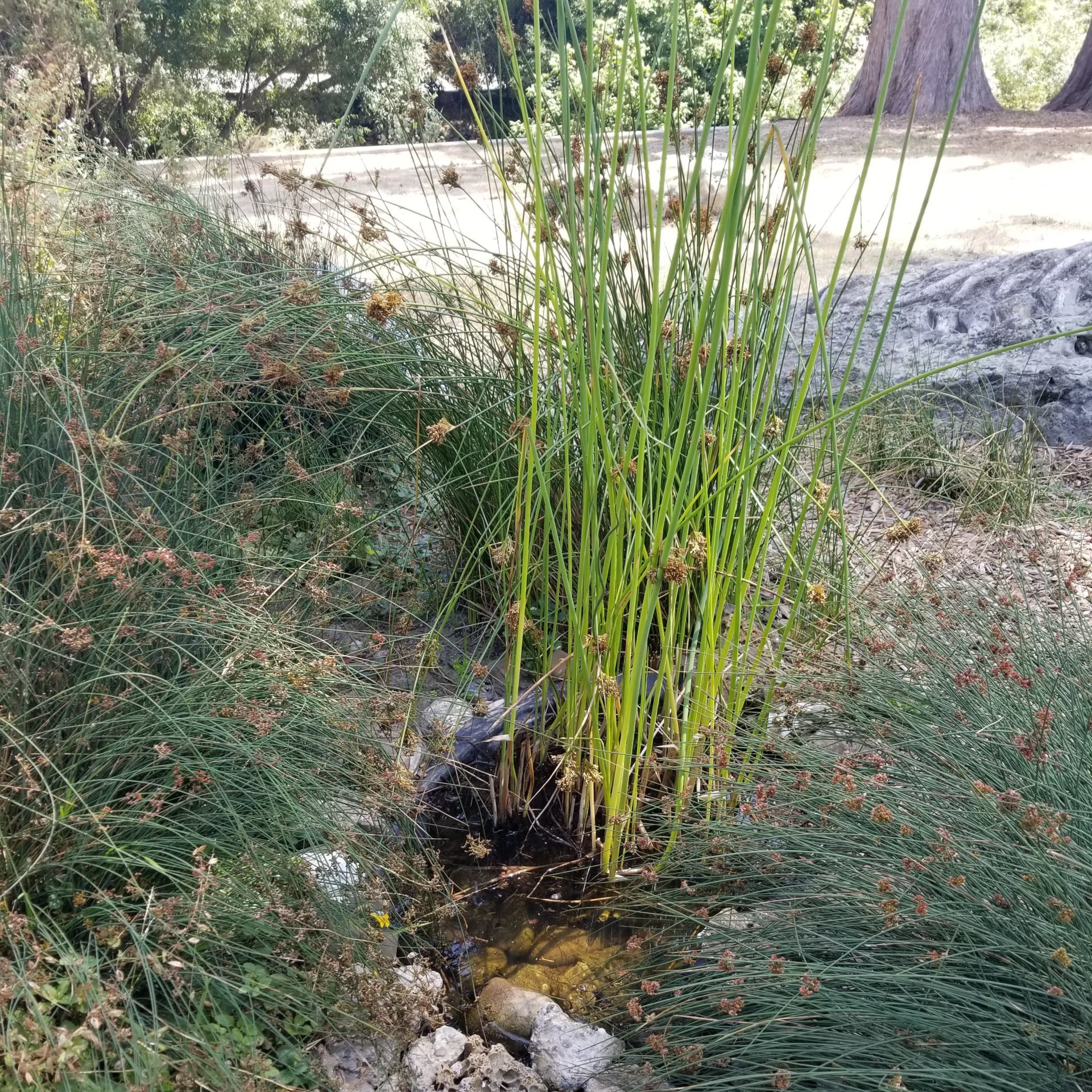
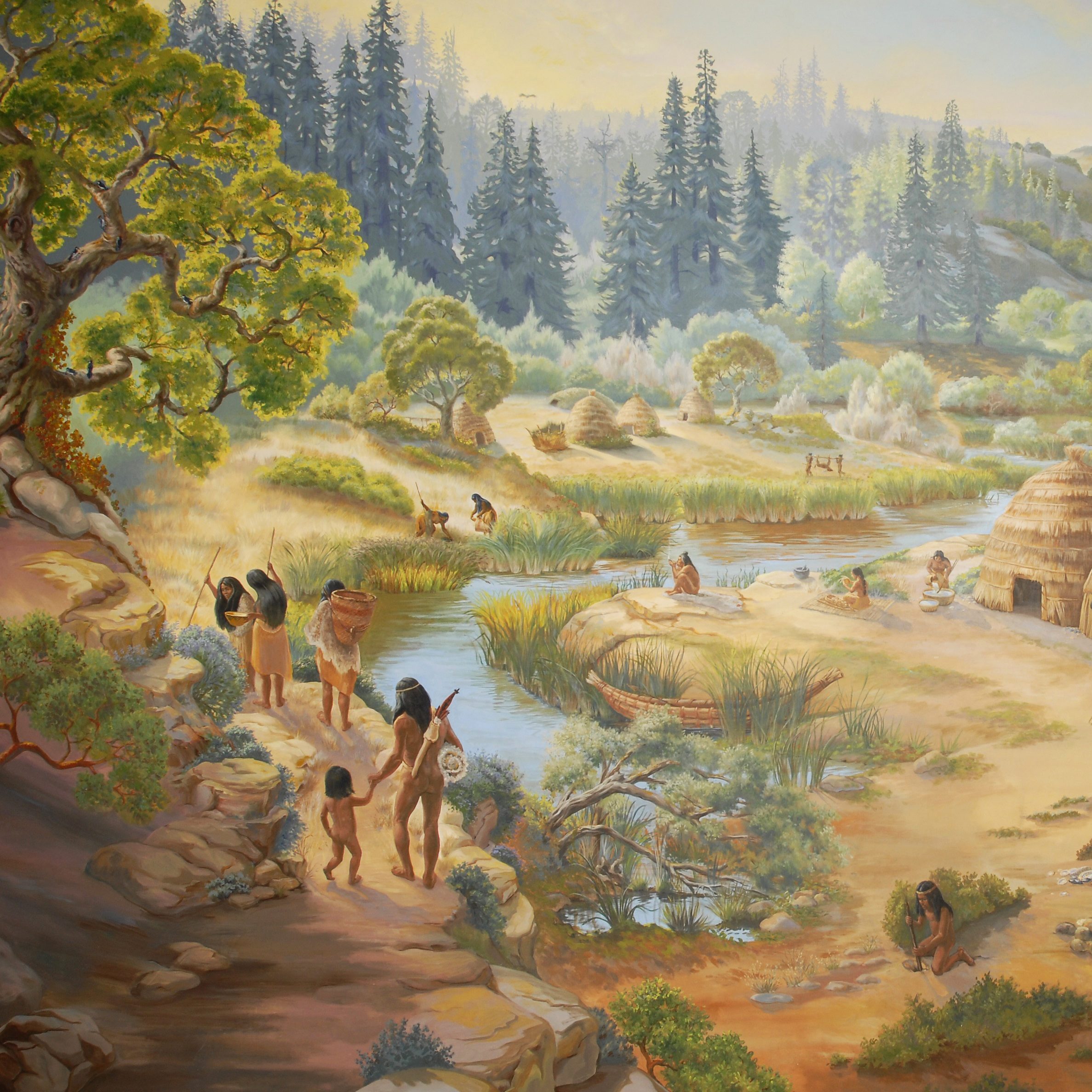
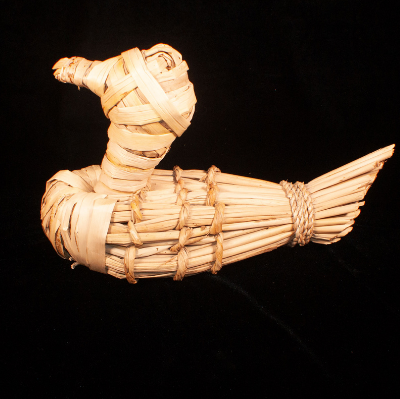
Drawing Dinosaurs: Science Illustration and Paleontology with Hannah Caisse
Think of your favorite dinosaur. Tyrannosaurus? Triceratops? Parasaurolophus? If you visualize it in your mind, you might be surprised to realize that you just thought of an illustration! Because we can’t time travel, science illustrators have to visually render extinct species by combining paleontology and art to make “paleoart.” During this online program, science illustrator Hannah Caisse will discuss the history of paleoart, demonstrate research and artistic processes, muse over hot topics in the paleontology field, and answer questions about art or dinosaurs. This program will be appropriate for young dinosaur lovers and paleoart fans in general.
This program is part of our series in support of the 34th annual science illustration exhibit, The Art of Nature.
Accessibility
- A recording and follow-up resources will be shared with registrants after the program.
- This program will be in English.
- This program will attempt to meet the needs of younger participants, but all levels of understanding are welcome to join and a variety of complexity will be explored.
- We will be using the webinar format, meaning that participants’ video and mic functions will be disabled.
- Reasonable accommodation requests can be made by emailing events@santacruzmuseum.org.
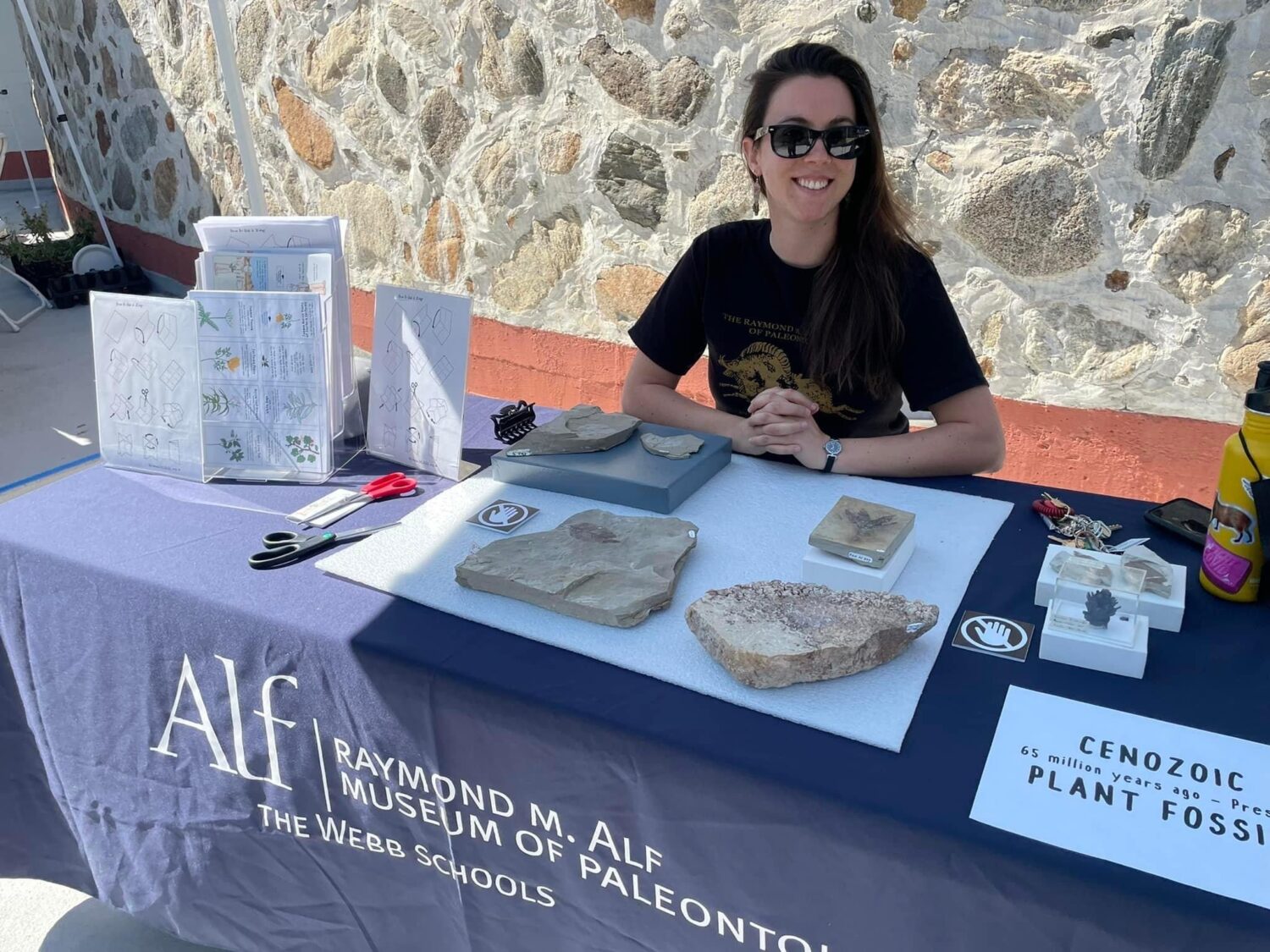
About Hannah Caisse
When not working at a paleontology museum, dusting off fossils and enthusiastically teaching kids about the history of life, Hannah works to improve her techniques and skills in science illustration. She derives inspiration from native fauna, deep time, and even familiar backyard critters and plants. Infusing her drawings with her infectious admiration for the natural world, she always strives to cultivate wonder and engagement from her audience.
Website: www.hannahcaisse.com
Instagram: @synap_sida
FULL 4/23 Gyotaku Workshop with Lucas Elmer and Janina Larenas
Join Little Giant Collective members and local printmakers Lucas Elmer and Janina A. Larenas for a morning of fish printing! Learn Gyotaku, the traditional Japanese method of printing directly from fish. This practice dates back to the mid-1800s and is a form of nature printing that was traditionally used by fishermen to record their catches. The Santa Cruz Museum of Natural History has a number of gyotaku prints in its collections which we will explore up-close during this program.
Local fisherman, Lucas Elmer, and California Naturalist, Janina A. Larenas, will guide participants in this traditional printing technique with fish caught in Monterey Bay as well as a fish model. Participants will also have a chance to print a variety of hand-carved relief blocks of fish and invertebrates found in Monterey Bay.
Saturday, April 23, 2022
10 a.m. to noon
$15 Museum Members | $25 General
Member presale through April 12. Registration open to the public beginning April 13.
This program has reached capacity. Email events@santacruzmuseum.org to be added to a waitlist.
This program is part of our Collections Close-Up series, and our series in support of the 33rd annual science illustration exhibit, The Art of Nature.
Accessibility
- Wear layers and be prepared to be out in the sun for long stretches of time. Hats are a good idea! We will be working with paint and ink, so be mindful of what clothes you choose.
- Leave your doggos at home.
- Restrooms are available inside the Museum.
- Parking permits are required on Pilkington Ave. adjacent to the Museum. Staff will provide one for any participant who parks there.
- Materials will be provided.
- Youth under the age of 14 must be accompanied by an adult. Registration fees apply to all ages.
- Follow the latest guidelines for COVID safety at the time of the event.
About the Artists
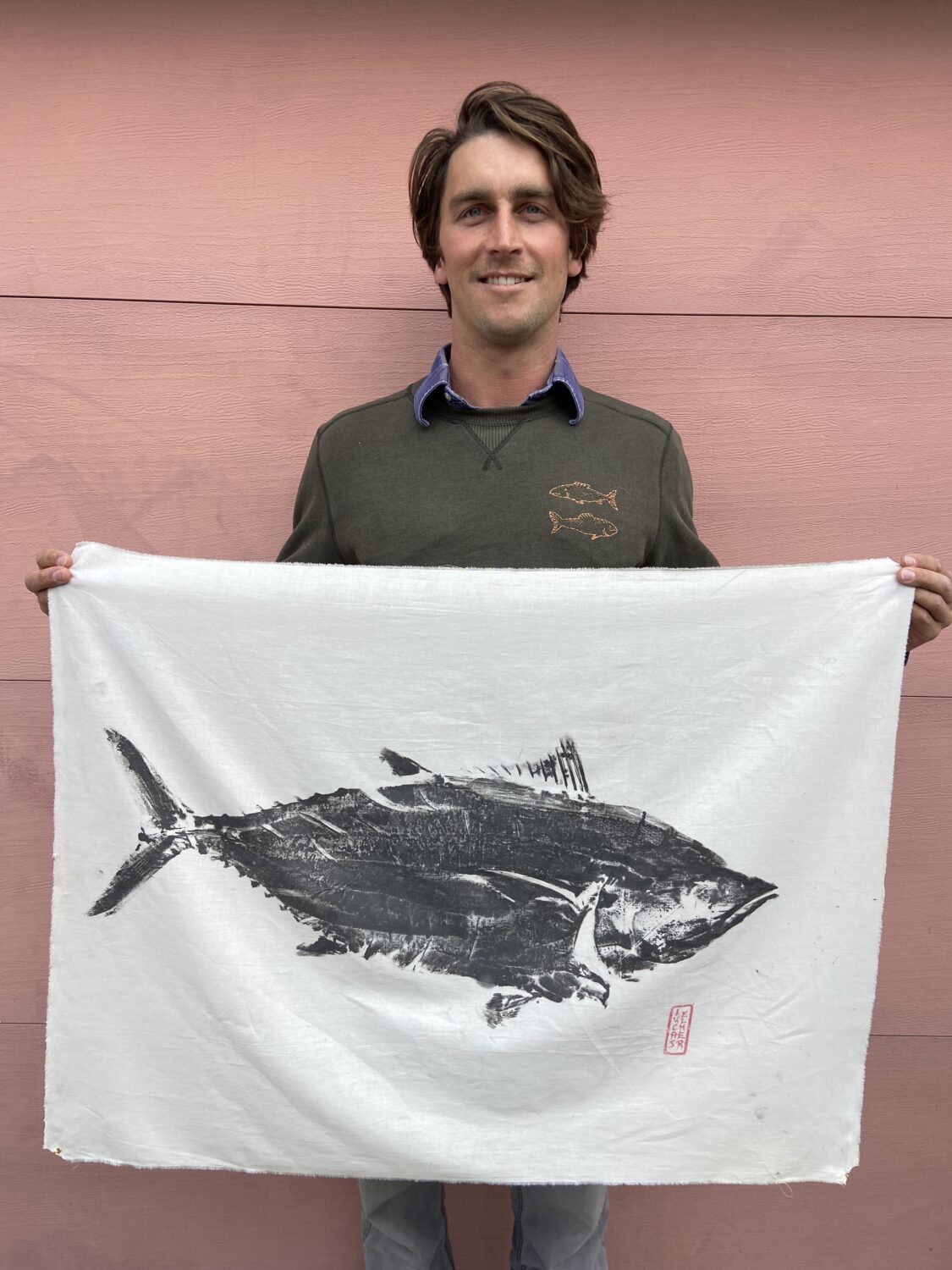
Lucas Elmer is a California-based sculptor, printmaker and ethnographer currently exploring the oceans and cultures surrounding them. Through traditional techniques, across multiple mediums he draws attention to sustainable practices and pressing oceanic issues. After receiving his BA from the University of California Santa Cruz in 2011 he continues to work and make work there in the Foundry, Wood Shop and Print Studio as a Staff Research Associate.
Lucas is also a commercial Salmon fisherman in Bristol Bay, Alaska for the Summer Sockeye season.
His work is currently exhibited at The Post Gallery in Big Sur, CA.

Janina A. Larenas is a printmaker and book artist who works with a variety of mediums to create narrative imagery. Her pieces range from stickers and posters to science illustration, embroidery to zines, often merging technical crafts with fine art presentation. She is a trained California Naturalist and AAUS certified diver, and a founding member of Little Giant Collective and People’s Disco.
Collections Close-Up: Pins, Process, and Purpose
At first, the details of this month’s Collections Close-Up may be hard to see. It’s not that the picture is pixelated, it’s that the specimen is still covered in pins! As we continue to focus on Pollinators, for our February Close-Up we talk with friend of the museum Dustin Lofland about the motivations of amateur entomologists — from different styles of preservation to what keeps insects interesting.
Pressed between pins, glassine paper, and a pinning board rests Eumorpha achemon, the Achemon sphinx moth. Common throughout the United States and findable in Santa Cruz county, this moth was collected by Dustin near Plumas National Forest in July of 2021. Looking more closely, you can see that this moth looks like it was caught with it’s mouth open – pinned out to almost the length of its body is the straw-like proboscis that the animal uses to suck up nectar from flowers.
Achemon sphinx moths are in the family Sphingidae. These distinctive insects are referred to as hummingbird moths, in part because of their large size and hovering flying habits. The family is also known for having the longest reported tongues of any insect – up to almost a foot long! This adaptation helps them feed on flowers with extremely long nectar tubes, making them critical pollinators of a number of plant species.
Even though this kind of coevolutionary relationship between organisms is a common theme of natural history, like in our current exhibit, it is unusual to see a moth on display sticking its tongue out. It is a stylistic choice that helps tell a particular story – but it also makes the specimen more vulnerable. When thinking through specimen preparation choices, Dustin emphasizes the importance of thinking about the “why” of what you’re doing – the overarching motivation for creating and preserving specimens in a collection.
When you’re creating a collection to be used as a source of scientific data, you first want the specimens to be identifiable. In the case of moths like this sphinx, that means spreading the wings and underwings, which are important parts of identification. Above all else, you want them to be survivable – so you tuck in delicate protruding parts like the legs or tongues.
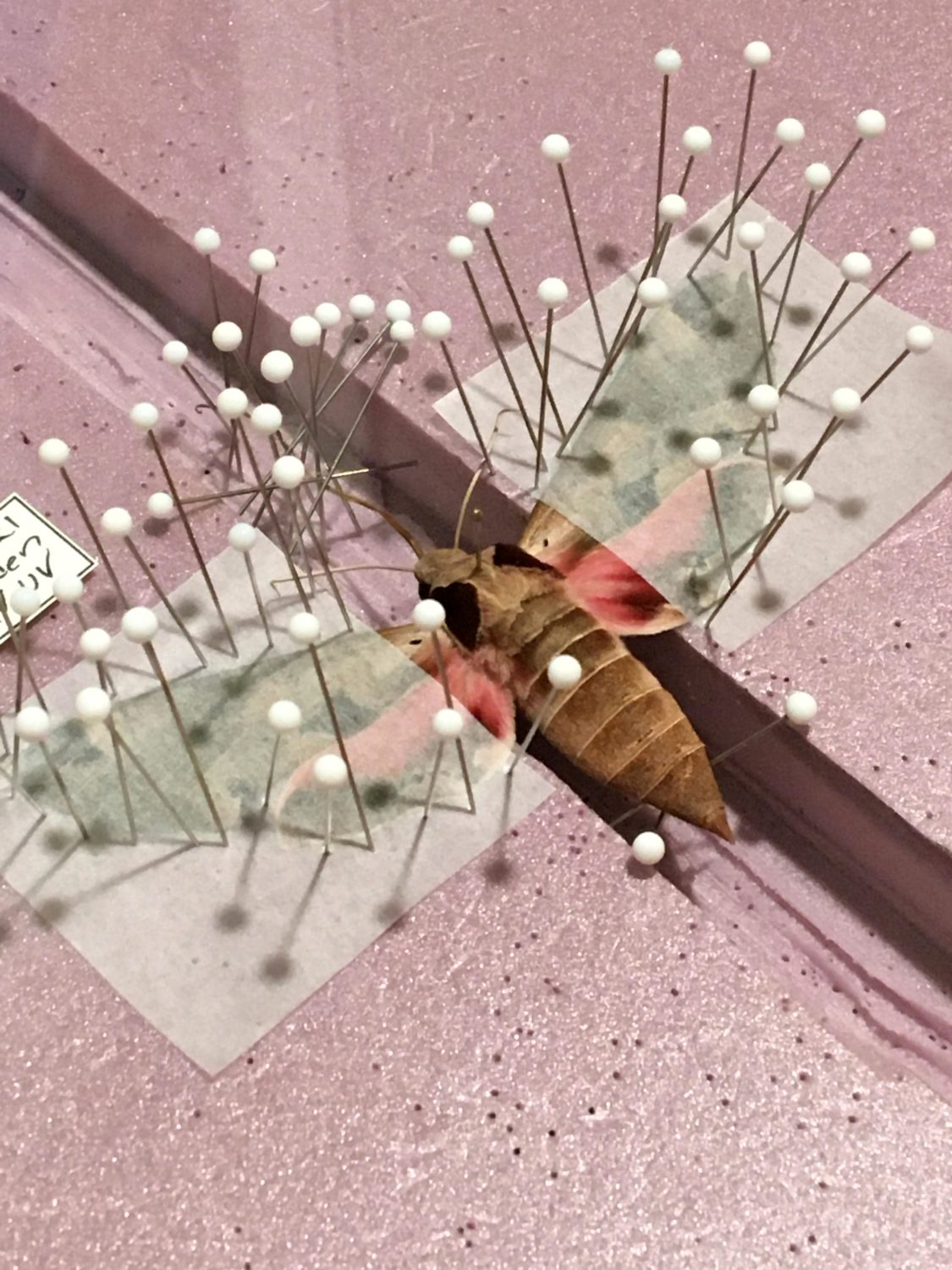
Future researchers who need to look at the rolled up tongue can relax the specimen, using the moisture from water or chemicals to make the specimen more pliable, and stretch it out for observation. For insects whose protruding parts are consistently useful for identification, like the phalluses of certain families of beetles, the part will be removed from the specimen and adhered to a card which is then attached for accessibility on the same pin as the specimen itself.
In this case, Dustin knew about our exhibit and wanted to put together a specimen that shows off this moth’s interesting adaptation. An aquarist by day, Dustin helps care for aquriums including the Museum’s, but he is also enchanted by the world of insects and the stories that they can tell.
“From an environmental studies perspective,” he says, ”as an indicator for what is going on in the world, [entomology] is hard to match. That level of biodiversity and variation, it’s really engaging, it’s a never ending curiosity when you start drilling down into it.” This curiosity helps him stay excited about biology when working with the daily biological responsibilities of animal husbandry.
It’s also a relatively low investment way to contribute to science: “You can create data pretty easily because of the way insects preserve. It’s something that you can sort of come back in and out of, it’s not temperamental, and your specimens can keep for a hundred years if you store them properly.”
Due to his interest in creating more data, Dustin is keen to find locations and species that are not yet well documented, always being sure to get the permission of the landowner prior to collecting. And if those places have historically tended to overlap with music festivals, all the better. The nice thing about coolers is that they can just as easily be used for holding refreshing beverages as they can for preserving insects on the way to the freezer! Once he has time to defrost his specimens, he will pin and tag them to preserve the information that is critical to scientific collections — location, date, habitat, etc. – that tell the fuller tale of the insect.
Sometimes these tales are especially thrilling – On the same collecting trip during which he found this month’s moth, Dustin and his fellow collector Jerry Wilson happened upon a new species of dermestid beetle. Connecting with other collectors is one way to hone one’s entomology knowledge, in addition to using sites like iNaturalist and Bugguide. By submitting good quality images and their best guesses at species identification to Bugguide, Dustin and Jerry caught the attention of a moderator who put them in touch with a leading professional entomologist who was able to create the formal novel species description.
While this Achemon sphinx moth might not be new to science, seeing a moth tongue up close might be new to you! So stop by the Museum this month to take a closer look at this pinned moth, and compare it to the preparation of other Lepidoptera (butterflies and moths) on display.
Written by Kathleen Aston, Collections Manager
The Collections Close-Up is a series of blogs, events, and pop-up exhibits that highlight our collections.
A Landscape Built to Burn with Tim Hyland, California State Parks
Fire is a critical aspect of California ecology. This talk from Tim Hyland, Natural Resource Program Manager for the Santa Cruz District of California State Parks, will discuss fire ecology in California in general, local native plant adaptations to fire, and the specific response of the Fall Creek Unit of Henry Cowell Redwoods State Park to the CZU Incident.
This program is part of our Fall Creek After Fire series in partnership with California State Parks and the Mountain Parks Foundation.
Resources
- Upcoming events
- Fire ecology resources from our website including:
- A Landscape Built to Burn with Tim Hyland, California State Parks (recording)
- Ancient Scorched Seeds and Indigenous Land Stewardship with Rob Cuthrell (recording)
- Rare Plants and Community Science in the CZU Burn Zone with Amy Patten (recording)
- Fire and Mud: Why Fires Cause Debris Flows in California with Noah Finnegan (recording)
- A Striking August: Lightning and Wildfires with Chris Giesige (recording)
- CZU Lightning Complex and Community Science Project
- Central Coast Prescribed Burn Association


